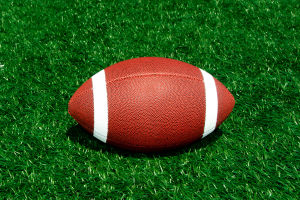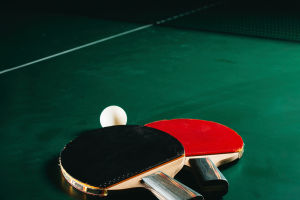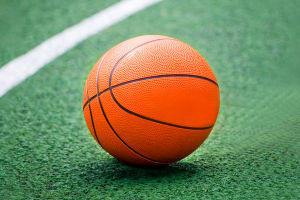In tennis, the interplay between tennis rackets and tennis balls plays a critical role in influencing sports performance.
Selecting the right combination of these two elements can significantly enhance both your performance on the court and your enjoyment of the game.
When choosing a tennis racket and tennis ball, it is essential to understand their characteristics and how they complement each other.
Firstly, the tennis racket is the primary tool in tennis, and its performance directly impacts the stability, control, and power of your shots. Modern tennis rackets are typically constructed from materials such as carbon fiber, titanium alloy, or composite materials, which make them both lightweight and durable.
Key factors to consider when selecting a tennis racket include its weight, the size of the racket face, the hardness of the frame, and the grip size. The size of the racket face determines the "sweet spot" — the optimal area for hitting the ball — while the hardness of the frame affects the comfort and feedback you receive from each shot.
Beginners often benefit from a larger racket face and a softer frame, as these features offer a more forgiving hitting area and greater tolerance, which can facilitate the learning of basic skills.
In contrast, advanced players might prefer a racket with a smaller face and a firmer frame, as these characteristics provide more precise control and enhanced power.
The choice of the tennis ball is equally important and should correspond to the tennis racket you use. The type and specifications of the tennis ball can greatly influence the rhythm of the game, the feel of the shot, and the ball's durability. Tennis balls generally fall into two main categories: hard and soft.
Hard balls are designed for traditional hard courts and are known for their greater elasticity, making them suitable for fast shots and high-speed game rhythms. Softballs, on the other hand, are typically used on softer courts and offer less elasticity, which is beneficial for courts that require better control and stability.
When selecting a tennis ball, consider factors such as air pressure and material. Standard tennis balls are pressurized, affecting their bounce height and flight speed. Generally, standard pressurized balls are suitable for most games, while low-pressure balls are better for practice or specialized courts.
The material of the tennis ball also plays a role; high-quality balls are usually made from natural felt or synthetic materials, which offer better wear resistance and stability.
The synergy between the tennis racket and the tennis ball is crucial. A well-matched combination can enhance both the accuracy and comfort of your shots. For instance, if you use a heavier racket with a high-elasticity ball, you might find it challenging to control the ball's speed.
In such cases, opting for a ball with lower elasticity could improve your control over the ball's flight path. Conversely, if you use a lighter racket with a high-elasticity ball, you may find it easier to generate higher speed and spin on your shots.
Personal playing style and technical skill also play a decisive role in choosing the right tennis racket and ball. Players who prefer to hit the ball with force might benefit from a racket that offers higher elasticity and strength, while those who prioritize precision and control may find a racket designed for superior control more suitable.
The weight and design of the racket will directly influence your swing speed and the sensation of hitting the ball. Selecting a racket that aligns with your playing style can significantly enhance your overall performance. Similarly, choosing a tennis ball that matches your technical level is an important step in improving your skills.
During the selection process, it is highly recommended to test different tennis rackets and balls. Many professional tennis stores offer trial services that can help you find the equipment that best suits your needs.
By experiencing different options firsthand, you can better understand how various equipment affects your playing style and make a more informed decision.
The combination of tennis rackets and tennis balls is a crucial aspect of the game that should not be overlooked. Understanding the performance characteristics of tennis rackets, the classification and selection principles of tennis balls, and how to match them according to your personal playing style is key to elevating your tennis game.
Through careful selection and proper matching, you can not only enhance your performance on the court but also increase the overall enjoyment of the sport.


